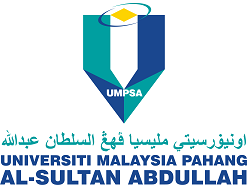Enhancing the Compaction Characteristics of Peat Soil through Ground Granulated Blast Furnace Slag (GGBS) Stabilisation
DOI:
https://doi.org/10.15282/construction.v3i2.9744Keywords:
Peat, GGBS, CompactionAbstract
Peat soil is renowned for its compressibility problem that can give rise to issues such as ground settlement, particularly within the spectrum of construction endeavours. Conversely, the implementation of chemical stabilisation, involving the incorporation of suitable additives, is contemplated prior to commencing construction activities. Ground Granulated Blast Furnace Slag (GGBS), which is a byproduct of the iron and steel industry, stands out as a prominent additive that can augment the engineering attributes of peat soil. This investigation focuses on the compaction characteristics of peat soil treated with varying proportions of GGBS, as evaluated through the Modified Proctor test. It involved examining the impact of diverse GGBS additions on the liquid limit of peat soil. The findings showed that the introduction of GGBS yielded a substantial reduction in the liquid limit of peat soil, signifying an elevated susceptibility to moisture and an increase in plasticity. Moreover, the incorporation of GGBS into peat soil prompted an increase in its Maximum Dry Density (MDD) and a reduction in its Optimum Moisture Content (OMC). Notably, the peak MDD, registering at 1000 kg/m³, was achieved at a GGBS content of 50%, marking the highest value observed in this study. The OMC values further indicated the lowest moisture content, standing at 29%, with the addition of 25% GGBS to the peat soil. These outcomes convincingly advocate that the utilisation of GGBS in treating peat soil engenders positive enhancement in its compaction characteristics, specifically pertaining to MDD and OMC. Such enhancement in engineering properties holds promising implications for potential stability.
Downloads
Downloads
Published
Issue
Section
License
Copyright (c) 2023 The Author(s)

This work is licensed under a Creative Commons Attribution-NonCommercial 4.0 International License.




